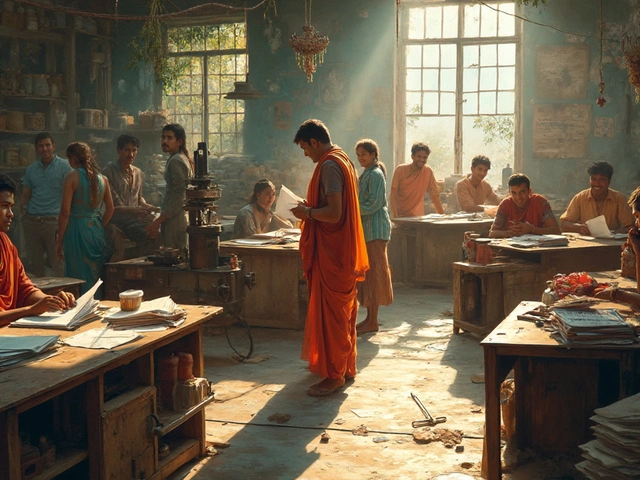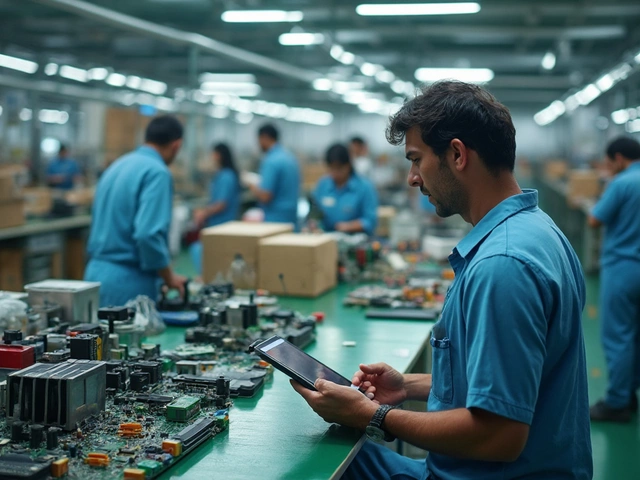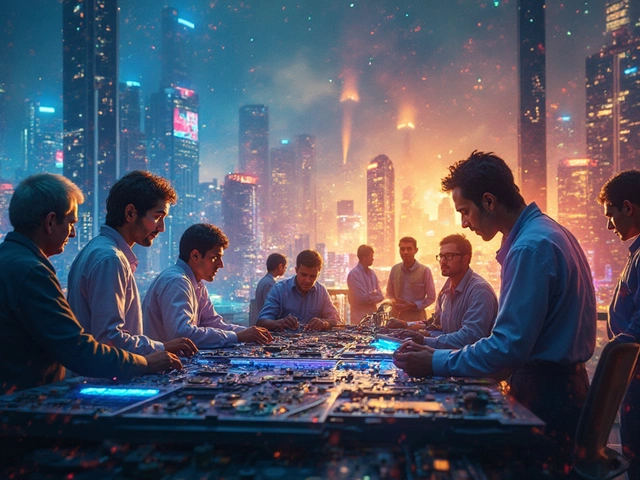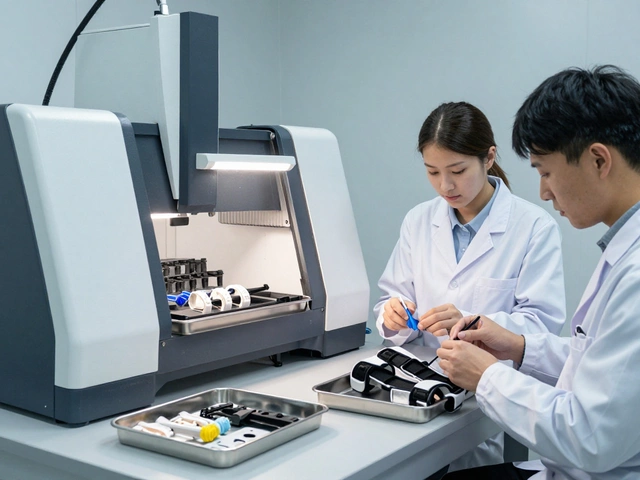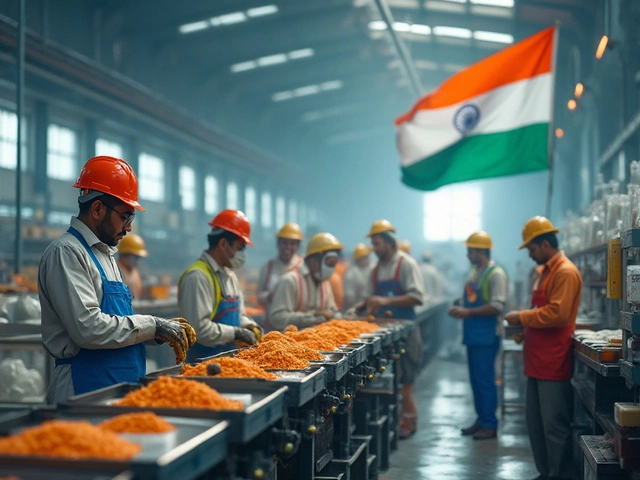Picture this: Countries that build stuff tend to do pretty well for themselves. Even in an age when software, service work, and social media seem to dominate news cycles, manufacturing refuses to go quietly into the night. The stuff you eat, drive, wear, and rely on daily—most of it has to be made somewhere. There’s a reason why you hear politicians, business gurus, and regular folks talking about bringing factories back or making sure we manufacture certain things at home. It isn’t just nostalgia or job numbers, though those are part of the story. Manufacturing deeply shapes how an economy works, and its impact spreads way beyond assembly lines and shop floors.
Why Manufacturing Sits at the Core of an Economy
Manufacturing acts as an engine that powers a whole ecosystem. Think about what happens when a company makes cars, phones, or medical devices. It’s never just that one thing: there’s mining for raw materials, companies making tiny components, factories assembling pieces, and logistics networks getting things to shelves. The sector pulls all sorts of industries along for the ride. For every manufacturing job, you’ll usually get two or more jobs in other fields: truck drivers, suppliers, local repair shops, even coffee shops that pop up next to plants. That’s what economists call the “multiplier effect.”
Let’s make it more concrete. Germany, for example, stakes a big part of its global clout on high-end cars and precise machinery. Its manufacturing sector feeds millions—not only within the country, but across Europe and even worldwide through exports. China’s economy ran wild for the past four decades largely because it became the world’s workshop. About 27% of China's GDP comes from manufacturing. The United States, despite the rise of Silicon Valley, still leads the world in advanced manufacturing—from jets to pharmaceuticals—with output touching over $2.3 trillion in 2023, according to the U.S. Bureau of Economic Analysis.
Why do all these numbers matter? When a country can make things, it’s less at the mercy of wild swings in global prices or sudden trade disputes. Making your own medical gear, steel, or semiconductors? That’s strategic security right there. Also, manufacturing is a chief exporter. Services like tourism or banking matter, but real, physical exports like cars and electronics bring in huge foreign cash, making a country richer overall.
How Manufacturing Drives Innovation and Skills Growth
If you love neat gadgets or new technology, you’ve got manufacturing to thank more than you realize. Most research and development (R&D) spending comes straight out of factories, not fancy offices. For instance, about 64% of U.S. R&D funding happens inside manufacturing firms, according to the National Science Foundation. Robotics, new materials, renewable energy tech—all those jump forward thanks to folks working hands-on inside plants.
Here’s an example: Consider the global race to build electric vehicles. Companies must rethink how batteries are made, boost efficiency, and handle recycling. These breakthroughs happen where people design, assemble, and test units, not just on drawing boards. Think about smartphones, too: Every year they get thinner, stronger, and faster because of manufacturing innovation, from microchip production to new ways of stacking layers and squeezing more power out of less space.
Manufacturing also pulls people up the skills ladder. Sure, plenty of plants still need basic workers, but advanced factories rely on engineers, coders, quality controllers, and logistics whizzes. A modern car plant might need someone who can run a welding robot and someone who can fine-tune code for those robots. This pushes technical education and raises wages. In fact, manufacturing workers in the U.S. earn about 13% more in wages and benefits than workers in other industries on average, says the National Association of Manufacturers.
Don’t overlook apprenticeships, either. In places like Switzerland and Austria, teenagers slide into technical apprenticeships that tie them directly to factories. This keeps unemployment low and wages solid. Would you rather spend your life making lattes, or inventing new ways to recycle plastics at an actual plant? Manufacturing opens the second door for millions.
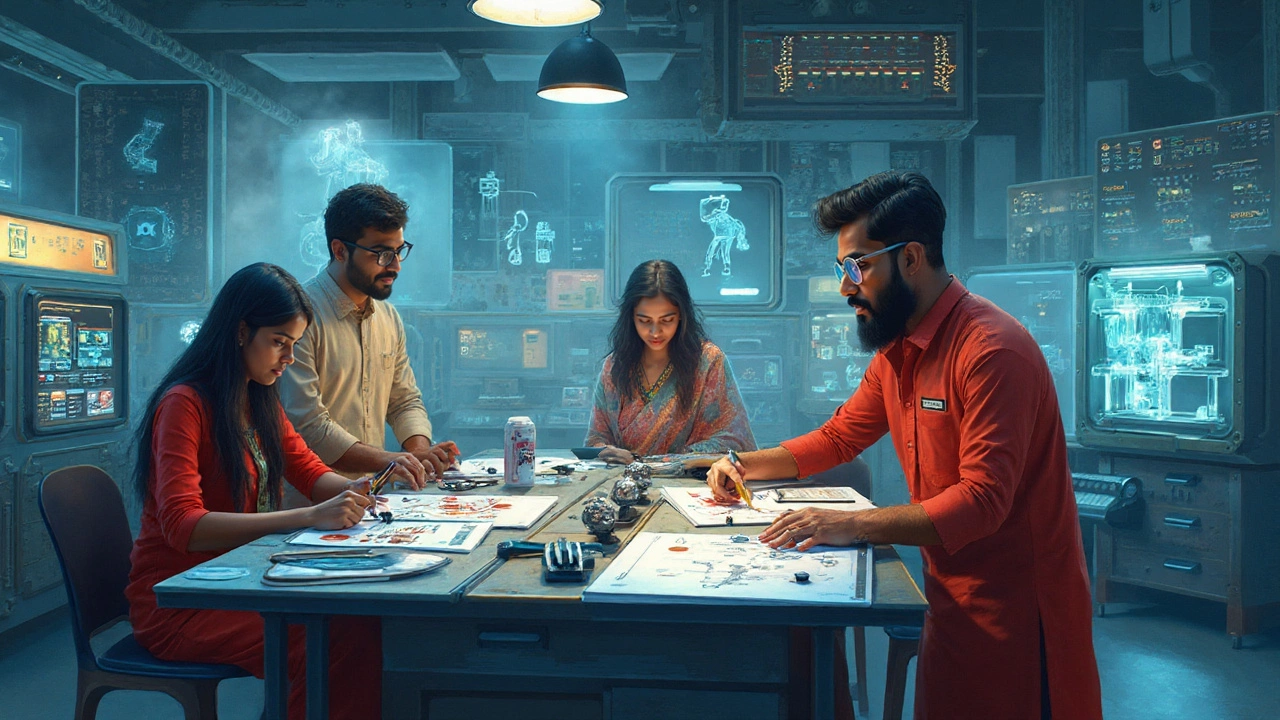
The Everyday Impact: Jobs, Wages, and Community Well-being
Jobs are where this gets very real. In the U.S. alone, around 12.3 million people worked in manufacturing in July 2025, representing about 8.1% of total U.S. employment, according to the U.S. Department of Labor. But the ripple goes much further. For every person clocking in at a plant, there are two to three extra jobs outside, as mentioned before. Entire regions—think Detroit for vehicles, Sheffield for steel in the UK, or Shenzhen in China—grow up around manufacturing. They get better schools because of a steadier tax base, more restaurants and grocery stores, and bustling side businesses from tool-and-die shops to local hair salons.
However, manufacturing is more than just “jobs.” Wages tend to be higher, and there’s more opportunity for advancement. Factories often pay for ongoing training, so someone can start out sweeping floors and, with enough effort, end up managing a team of production engineers. There’s also less risk of being replaced by automation than you might think, at least for jobs requiring adaptation and skill (the robots still can’t mend broken machinery or troubleshoot production snags the way humans do).
There’s community pride, too. Walk around a town where the local plant makes a world-famous tractor or medical device, and you’ll see it in billboard slogans, ball team sponsorships, and a cleaner main street. This isn’t nostalgia: When people have steady, decent-paying jobs, rates of addiction, crime, and poverty tend to fall. The effect can be seen in places like Greenville, South Carolina, which turned from a struggling mill town to a magnet for high-tech manufacturing and foreign investment (BMW, Michelin, and GE all have huge sites there).
But what about when factories close or jobs go overseas? That hits like a punch. Empty plants lead to shrinking populations, falling house prices, and small businesses blinking out. This is why many countries are scrambling to “reshore” jobs—bringing manufacturing back home—not just for economic reasons, but to stop the hollowing out of entire regions. If you want your town to buzz, you want someone building things nearby.
Lessons from the Real World: Trade-Offs and Smart Strategies
Now, it’s not all blue skies and open checkbooks. Sometimes countries chase manufacturing at any cost, throwing money at outdated factories or polluting industries just to keep jobs ticking along. That doesn’t usually work out long-term. Also, not every factory brings the same benefits. Textile plants with razor-thin margins will never power an economy like semiconductor or aerospace plants do. Smart economies chase high-value, future-facing manufacturing—think advanced batteries, green energy equipment, or pharmaceutical ingredients now more than ever after the lessons from the COVID-19 pandemic and global supply chain shocks.
Look at Singapore. It’s a tiny island but punches way above its weight in chemicals and precision engineering, thanks to non-stop upgrading and focus on high skills. Or South Korea, home to giants like Samsung and Hyundai. There, manufacturing isn’t about cheap labor, but about leading-edge tech, which lets them compete with anyone, anywhere.
And there’s a flexibility tip here: Places that allow smaller factories, encourage startups to try new ideas, and invest in technical training tend to snap back fast from setbacks. Germany did this by supporting thousands of “Mittelstand” (mid-sized) companies that make everything from machine parts to gourmet chocolate. When tough times hit, these companies are nimble—they innovate, shift product lines, or target new customers.
For policy makers and anyone thinking about a career, the takeaway is clear. Manufacturing is still the place where jobs, innovation, and prosperity get tangled together. Want your economy to be resilient and future-proof? Make sure you’ve got factories churning, not just people tapping keyboards.


